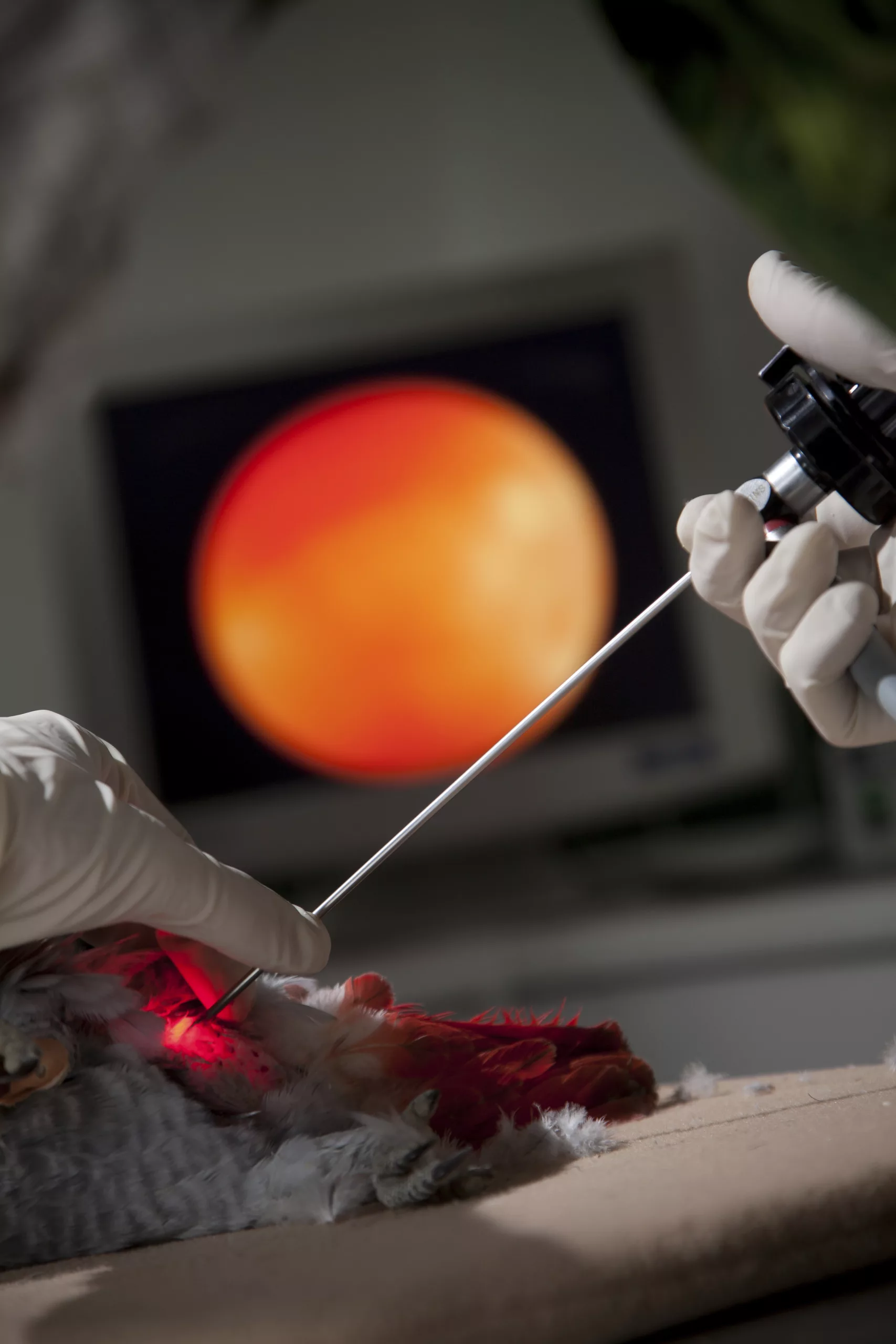Comprehensive Guide to Choroidal Neovascularization (CNV)
Introduction
Choroidal neovascularization (CNV) is a serious eye condition characterized by the abnormal growth of new blood vessels beneath the retina. These vessels can leak fluid or blood, leading to vision loss and potential complications if untreated. This comprehensive guide explores the intricacies of CNV, including its causes, symptoms, diagnosis, treatment options, prognosis, and implications for eye health.
Understanding Choroidal Neovascularization (CNV)
Choroidal neovascularization involves the development of abnormal blood vessels originating from the choroid, a vascular layer located beneath the retina. These vessels penetrate through the Bruch’s membrane, a barrier between the choroid and retina, and invade the subretinal space. This process disrupts the normal architecture of the retina, affecting its function and causing vision impairment, particularly in central vision.
Causes of Choroidal Neovascularization
Several underlying factors contribute to the development of CNV:
- Age-related Macular Degeneration (AMD): CNV is most commonly associated with AMD, particularly the “wet” or exudative form. In AMD, abnormal blood vessels grow beneath the macula, the central part of the retina responsible for detailed central vision.
- Myopia (Nearsightedness): High myopia can predispose individuals to CNV due to the elongation and thinning of the eyeball, which can lead to mechanical stress on the choroid and retina.
- Inflammatory Eye Diseases: Conditions such as posterior uveitis and ocular histoplasmosis syndrome can cause chronic inflammation in the eye, promoting the growth of abnormal blood vessels.
- Trauma: Physical trauma to the eye, such as penetrating injury or severe contusion, can occasionally trigger CNV formation.
Symptoms of Choroidal Neovascularization
The symptoms of CNV can vary depending on its location and extent but commonly include:
- Blurred or Distorted Central Vision: Straight lines may appear wavy or bent.
- Metamorphopsia: Visual distortion where objects may seem larger, smaller, or irregular in shape.
- Central Scotoma: A blind spot in the center of vision.
- Decreased Visual Acuity: Gradual or sudden loss of sharpness and clarity in central vision.
Diagnosis of Choroidal Neovascularization
Diagnosing CNV involves a comprehensive eye examination, which may include:
- Visual Acuity Test: Measures clarity of vision at various distances.
- Amsler Grid Test: Detects visual distortions and central vision defects.
- Fluorescein Angiography: Uses a special dye and imaging technique to highlight leaking blood vessels in the retina.
- Optical Coherence Tomography (OCT): Provides detailed cross-sectional images of the retina, showing fluid accumulation and structural changes.
Treatment Options for Choroidal Neovascularization
Treatment aims to stabilize vision and prevent further damage to the retina. Options include:
- Anti-VEGF Therapy: Intravitreal injections of medications that inhibit vascular endothelial growth factor (VEGF), which promotes abnormal blood vessel growth.
- Photodynamic Therapy (PDT): Uses a light-activated drug to selectively damage abnormal blood vessels.
- Laser Photocoagulation: Directs laser energy to seal leaking vessels and reduce vessel growth.
- Surgical Interventions: In rare cases, surgical removal of CNV membranes may be considered.
Prognosis and Complications
Early diagnosis and prompt treatment are crucial for managing CNV and preserving visual function. However, the condition can lead to complications such as:
- Permanent Vision Loss: Damage to the macula can result in irreversible central vision impairment.
- Recurrence: Despite treatment, CNV may reoccur, necessitating ongoing monitoring and potential retreatment.
- Treatment Side Effects: Intravitreal injections or other procedures may cause temporary discomfort, infection risk, or rarely, retinal detachment.
Conclusion
Choroidal neovascularization represents a significant challenge in eye health, but advances in diagnostic tools and treatment options have improved outcomes for many patients. Regular eye examinations are essential for early detection and intervention, which can help minimize vision loss and optimize long-term visual outcomes. Awareness of CNV symptoms empowers individuals to seek timely care from eye care specialists, ensuring comprehensive management of this potentially sight-threatening condition.
World Eye Care Foundation’s eyecare.live brings you the latest information from various industry sources and experts in eye health and vision care. Please consult with your eye care provider for more general information and specific eye conditions. We do not provide any medical advice, suggestions or recommendations in any health conditions.
Commonly Asked Questions
Yes, alternative treatments include photodynamic therapy (PDT) and, in certain cases, laser photocoagulation. The choice of treatment depends on the specific characteristics and location of the CNV lesion.
Yes, CNV can recur despite treatment. Regular follow-up appointments with an eye care specialist are necessary to monitor for recurrence and adjust treatment as needed.
Untreated CNV can lead to irreversible central vision loss, significant visual impairment, and in severe cases, legal blindness.
A healthy diet rich in antioxidants and omega-3 fatty acids, along with lifestyle modifications such as smoking cessation and blood pressure control, may help manage CNV progression.
Yes, CNV can occur in one or both eyes, though it may not develop simultaneously. Regular monitoring of both eyes is essential for early detection and treatment.
Anti-VEGF injections involve numbing the eye with drops and then injecting medication into the vitreous cavity. It is a relatively quick outpatient procedure performed in a clinic.
While CNV cannot be cured, treatments such as anti-VEGF injections can stabilize vision and prevent further vision loss in many cases.
CNV (wet AMD) involves the growth of abnormal blood vessels beneath the retina, leading to leakage and vision loss. Dry AMD involves the gradual breakdown of light-sensitive cells in the macula.
Yes, CNV can sometimes develop without noticeable symptoms initially. Regular eye exams are crucial for early detection, especially in high-risk individuals.
Risk factors include age (especially over 50), family history of AMD, smoking, high blood pressure, and genetic predisposition.
news via inbox
Subscribe here to get latest updates !







